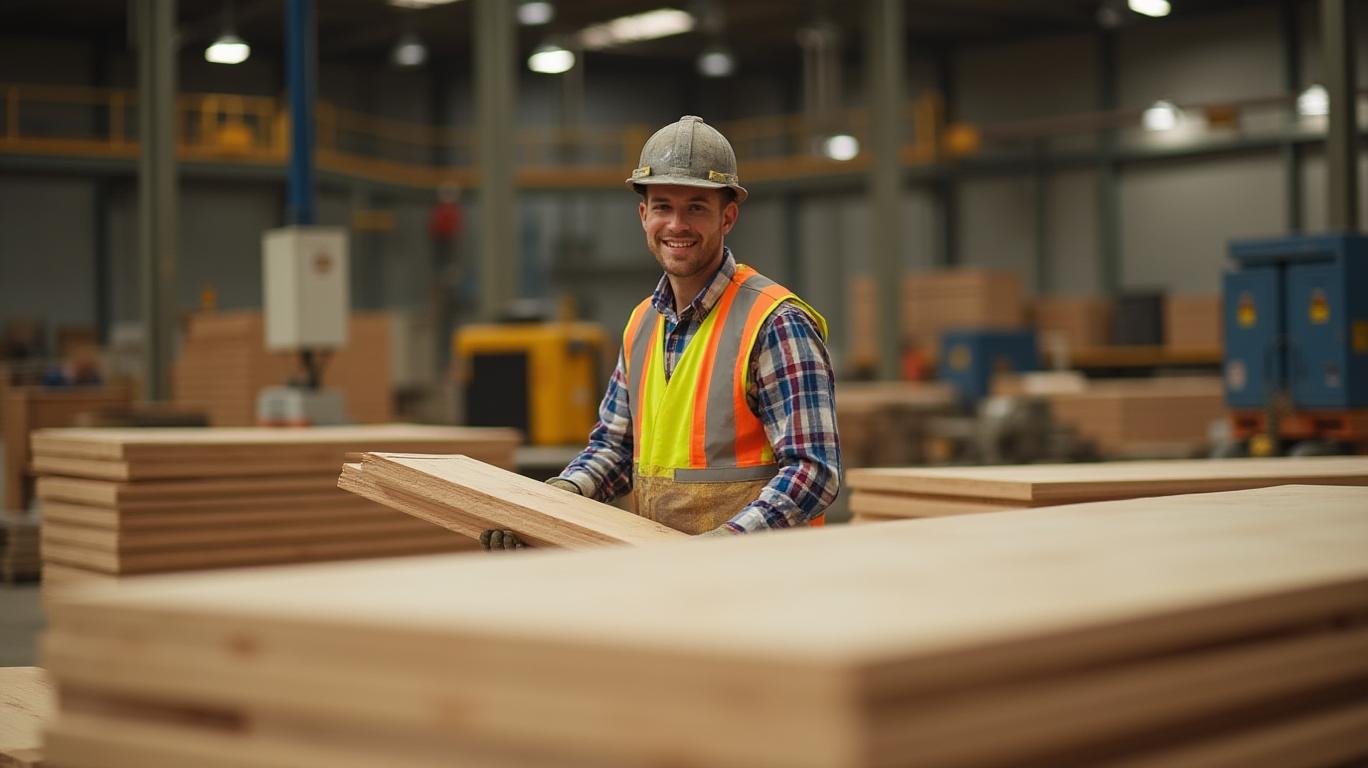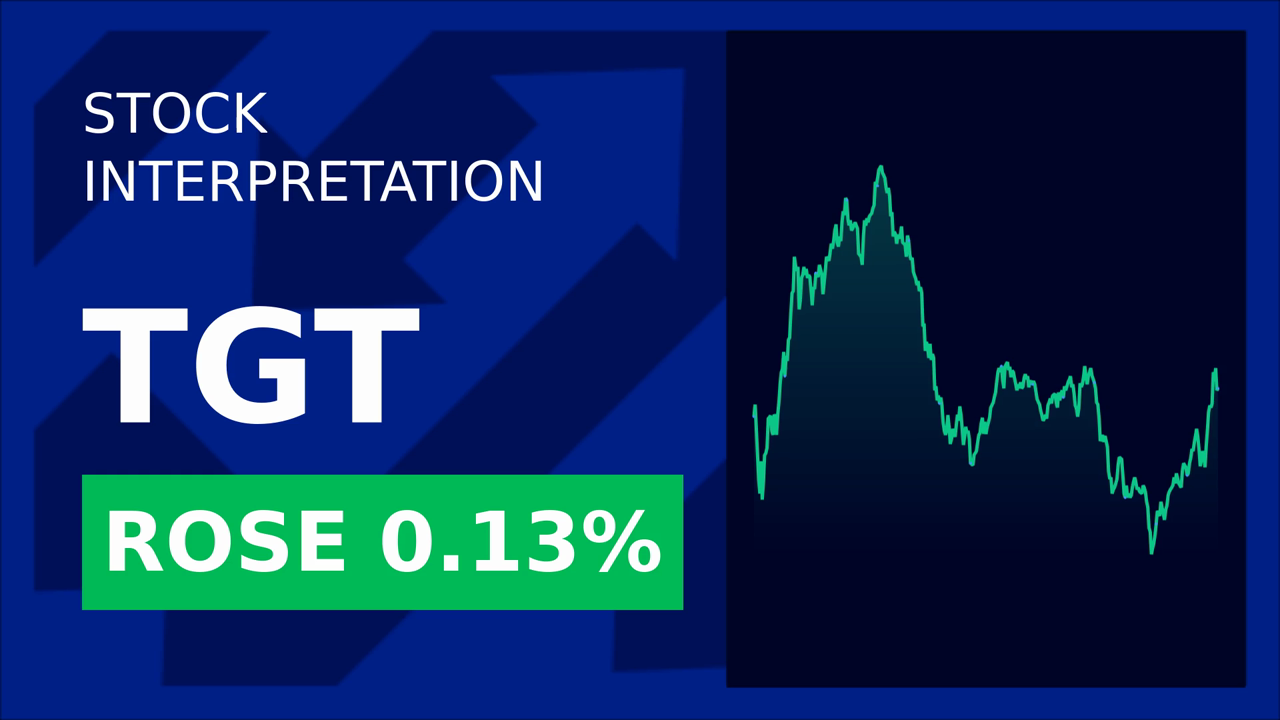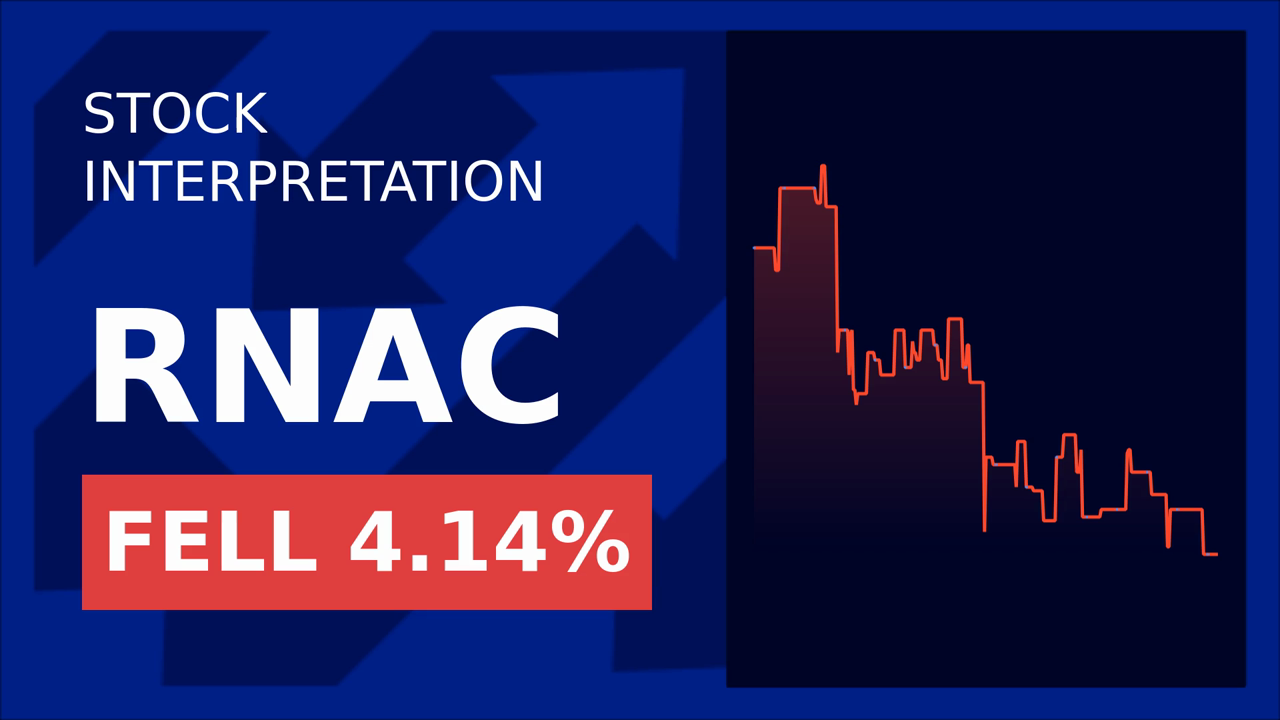Boise Cascade Shares Fall After Q1 Earnings Miss Expectations
Boise Cascade (NYSE: BCC), a leading producer of engineered wood products and building materials, saw its shares drop sharply following the release of its first-quarter 2025 earnings report, which missed both top- and bottom-line expectations. The results highlighted ongoing challenges in the housing market and operational disruptions, raising questions about the company’s ability to navigate a weak near-term environment.

Key Financial Performance: A Miss on Both Ends
Boise reported Q1 2025 net income of $40.3 million ($1.06 per share), a 61% decline from the prior-year period. This fell short of the Zacks consensus estimate of $1.36 per share, resulting in a 22.1% earnings surprise shortfall. Revenue totaled $1.5 billion, a 7% drop year-over-year and slightly below the $1.516 billion consensus. While revenue held up better than feared, margin pressures and lower selling prices for key products like laminated veneer lumber (LVL) and plywood dragged down profitability.
The miss was driven by two main segments:
1. Wood Products: Sales fell 11% to $415.8 million, as average net selling prices for LVL and plywood dropped 9–10% year-over-year.
2. Building Materials Distribution (BMD): Revenue declined 7% to $1.407 billion, reflecting lower sales volumes and margin compression in commodity products.
Market Reaction: Sell-Off and Downgrades
Investors reacted swiftly, sending BCC shares down 2.88% on the earnings day and pushing the year-to-date decline to 19.1%—far outperforming the broader market’s -3.3% drop. Analysts at Zacks Investment Research cut their rating to #4 (Sell), citing unfavorable earnings revisions and a weak outlook for the building products sector. The company’s Zacks Industry Rank now sits in the bottom 24% of all industries, reflecting sector-wide struggles.
Operational Challenges: Weather, Downtime, and Demand
CEO Nate Jorgensen attributed the weak results to adverse weather, planned downtime at the Oakdale veneer mill (modernization costs), and constrained demand. The Oakdale mill’s partial shutdown reduced plywood output, while a prolonged winter in key markets delayed construction projects.
Longer-term, management highlighted macroeconomic headwinds:
- Mortgage rates remain elevated, limiting housing affordability.
- Single-family housing starts are projected to fall flat-to-mid-single digits in 2025, a critical demand driver for Boise’s products.
- Input costs, including resin and labor, continue to pressure margins.
Balance Sheet and Liquidity: A Cushion Against Volatility
Despite the earnings miss, Boise’s financial position remains robust. The company holds $561.8 million in cash and $957.5 million in total liquidity, with $395.7 million undrawn on its credit facility. This strength supports its capital allocation priorities:
- $220–240 million in 2025 capital expenditures, including Oakdale mill upgrades.
- $53.9 million spent on share repurchases in Q1, with $17 million more in April, leaving ~1.1 million shares remaining under the program.
- A $0.21 per share dividend, maintained despite the earnings slump.
Outlook: Caution Amid Long-Term Hope
Boise forecasts Q2 2025 EPS of $1.25, but analysts have scaled back expectations further, with a consensus estimate of $2.23 for the quarter—likely reflecting a disconnect between management’s optimism and Wall Street’s skepticism.
Long-term trends, however, are more favorable:
- Housing undersupply and aging infrastructure could drive demand over time.
- Engineered wood products are increasingly preferred for their cost and efficiency advantages.
Conclusion: A Stock for the Long Run, but Risks Remain
Boise Cascade’s Q1 results underscore the challenges facing building products companies in 2025. While its balance sheet provides a buffer, the stock’s 19.1% YTD decline reflects investor skepticism about near-term recovery.
Investors should weigh:
- Upside potential: A rebound in housing starts, cost discipline, and liquidity advantages.
- Downside risks: Elevated mortgage rates, input cost volatility, and weak demand for engineered wood products.
For now, BCC’s valuation—trading at just 8.7x its 2025 consensus EPS—suggests some margin of safety. However, with four consecutive quarters of EPS misses, patience may be required. The stock could appeal to long-term investors betting on housing market normalization, but short-term traders may want to wait for clearer signs of stabilization.
In short, Boise Cascade’s story remains a tale of two timelines: a resilient balance sheet and strategic investments in one, and a challenging macro backdrop in the other. The next few quarters will test whether the company can navigate the latter while capitalizing on the former.









